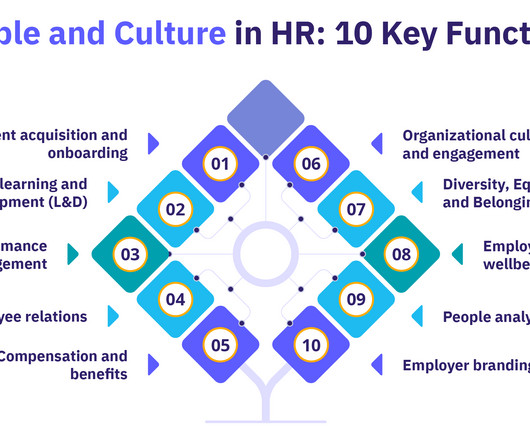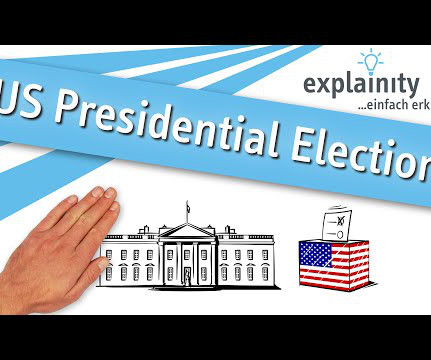9 Tips to Effective Compliance Training with an LMS
PSB
JULY 13, 2024
It is impossible to overstate the significance of compliance training because businesses must follow all applicable rules and regulations. Effective compliance training reduces risks, protects the company’s reputation, and ensures no needless legal disputes or penalties arise.















































Let's personalize your content